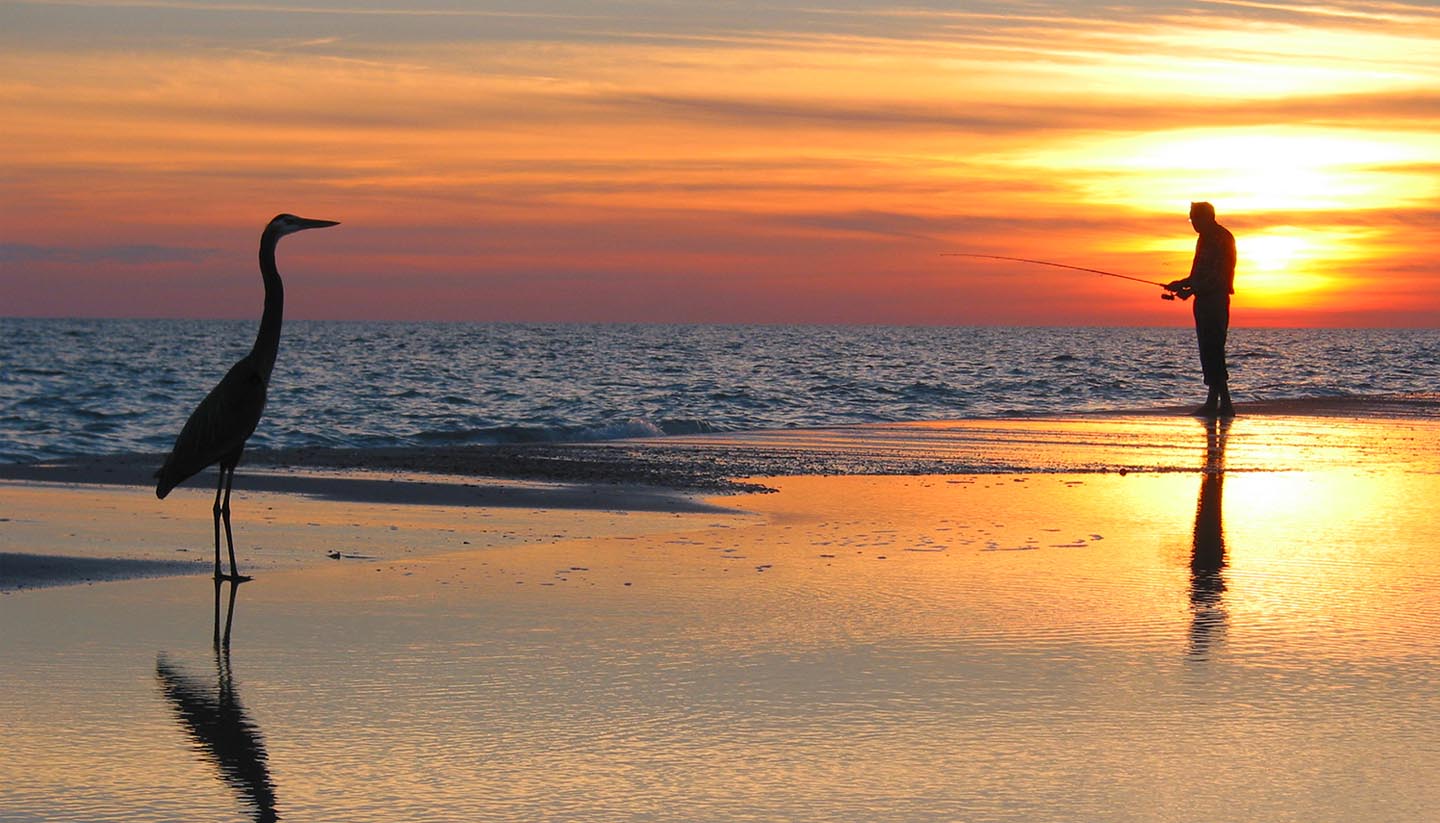Darwin Travel Guide
About Darwin
Tropical Darwin is Australia’s most northerly (and most individual) state capital. Closer to Bali than Bondi, its laidback, small-town vibe makes it a very different proposition to the shiny metropolises of the country’s East Coast.
The city takes its name from naturalist Charles Darwin, and its proximity to Asia has attracted plenty of immigrants, which has shaped this once rough-and-ready frontier outpost into a youthful, multicultural seaside city.
Often overlooked by first-time visitors, Darwin has plenty to offer. Twice it’s had to come back from the dead – firstly after being flattened by WWII bombs, secondly after Cyclone Tracy ripped it apart in the 1970s – which makes its goodtime spirit all the more remarkable.
The city has a thriving festivals scene, a lively strip of pubs and restaurants and a plethora of museums and galleries. You’ll also find beach markets and (in the form of the multi-million dollar Waterfront Precinct) a modern spread of hotels, eateries and wave lagoons.
Thanks to its location, there’s also much to entice outdoor lovers. Kakadu and Litchfield National Parks both sit within a few hours’ drive and it’s the city’s mix of unhurried urban living and world-class natural beauty that draws many of its visitors.
Kakadu in particular is an astonishing place to visit, its plains and escarpments home to a long Aboriginal heritage. 4-wheel drive tours and croc-spotting cruises are popular, while back in the city, sailing and fishing trips are both big draws.
Before you arrive in Darwin, it’s best to time your trip carefully as the city’s weather can be unpredictable. Average temperatures are the same year round but there are six changes of season, including distinct dry and wet periods. The latter (at its peak from January to March) can spark tropical cyclones, monsoon rains and hurricanes, rendering some roads impassable.


